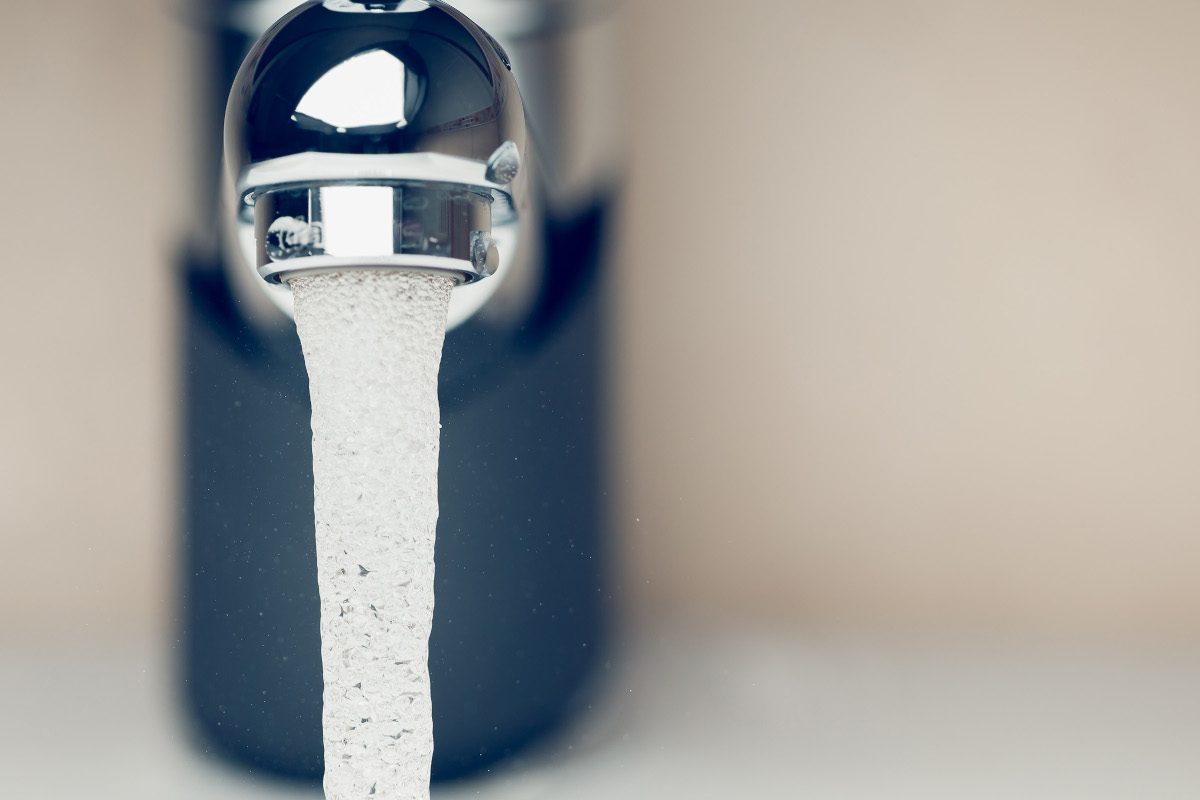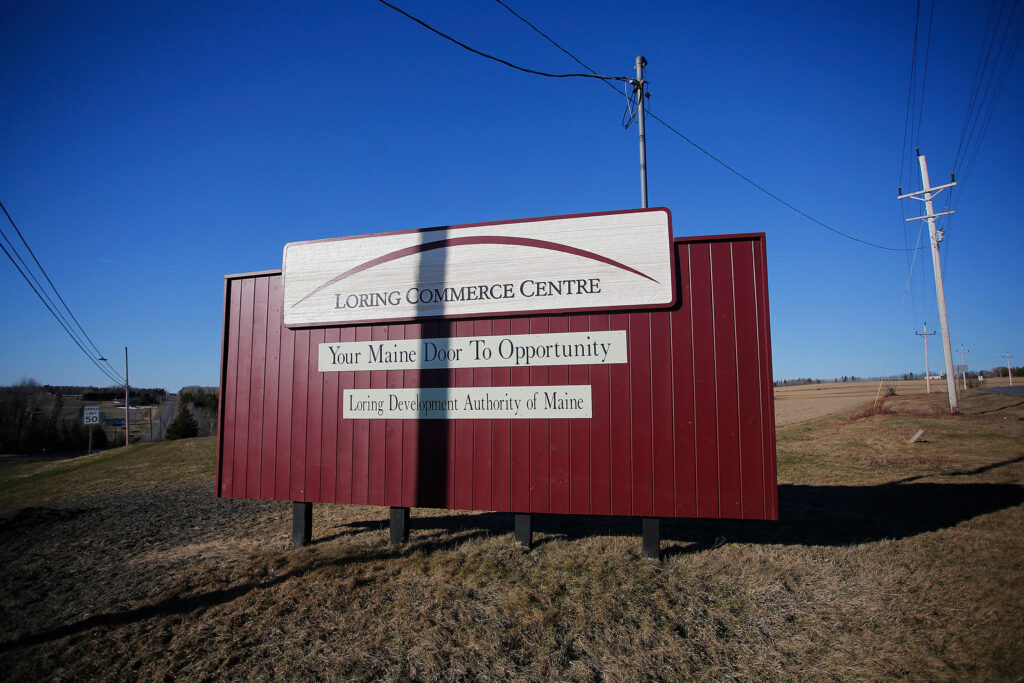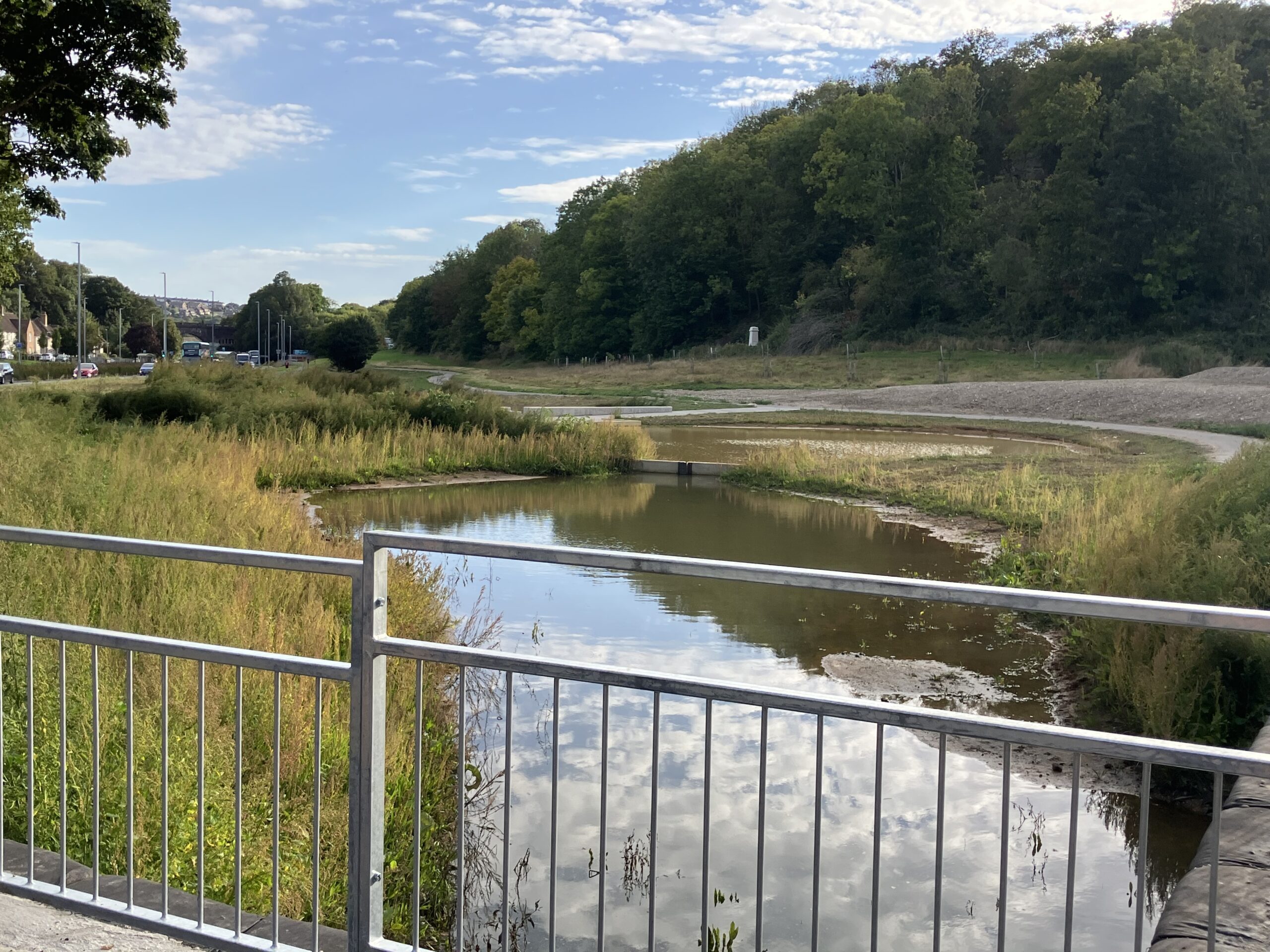As experts gathered in Geneva this month to negotiate an enforceable global plastic pollution treaty, scientists studying the Great Lakes continued their research that could pinpoint how microplastics impact human health and ultimately inform decisions made across the world.
The effects of microplastics in wildlife have been documented for over a decade. These effects include declines in fertility in aquatic wildlife; negative behavioral changes; decline in reproduction and metabolic disorders.
However, because microplastics come from so many different sources—such as the air, drinking water and foods—that data can’t be used to determine exact impacts on humans. Other scientists have found microplastics in human brains, placentas and other organs.
Microplastics and other contaminants threaten the ecology of the Great Lakes, which contain almost 90 percent of the freshwater in the United States. Experts are warning their colleagues and those who rely on the Great Lakes about the documented and potential effects of these materials on the environment and human health. The Great Lakes basin, which spans the U.S. and Canada, provides millions of people with freshwater for drinking, agriculture and industry.
Chelsea Rochman, a microplastics researcher and associate professor of ecology and evolutionary biology at the University of Toronto, is currently studying how microplastics act in the environment of the Great Lakes. She is currently a research fellow at the International Institute for Sustainable Development (IISD) Experimental Lakes Area, a remote area of 58 freshwater lakes in Ontario, where scientists can manipulate bodies of water for research purposes to understand how human activity impacts freshwater.
Rochman said that when she began researching microplastics in the Great Lakes, she partnered with Canada’s Ministry of the Environment to test fish that humans eat, specifically in the fillet parts of fish from Lakes Ontario and Superior. While there is no direct research or data showing impacts of microplastics on human health yet, Rochman said that based on the documented impacts on animals and ecological systems, the findings alarmed her.
“When we look at those fish, we find microplastics in every single fish,” Rochman said. “Near the city of Toronto, we find hundreds of particles in an individual fish, sometimes as many as 1,000 in the gut, and dozens of particles in the filet. So it’s a contamination like I’ve never seen before.”
She said that “relevant to other fish,” the fish in the Great Lakes have the highest concentration of plastic in the world in their gut, among areas that have been measured and reported.
“People who eat fish from the Great Lakes could be at risk of being more exposed [to microplastics] from fish than anywhere else in the world,” she said, but emphasized that because microplastics come from so many different sources, fish aren’t a main concern in terms of sources of exposure.

Rochman’s research has helped her develop policy recommendations for both the United States and Canada, which she hopes governments will use in the near future. Those recommendations include protocols for setting up a monitoring framework for microplastics, creating a risk assessment framework and implementing a monitoring program across the basin.
One of the main challenges of microplastics research is determining how the particles act in nature. In the Great Lakes, since there are so many other sources of microplastics—such as stormwater runoff and pollution—documenting their impacts in the natural environment isn’t as easy. The Experimental Lakes Area enables more accurate research that can inform policy and potentially provide clearer answers about impacts on human health in the future..
Other researchers are applying their work to the basin directly. Junhong Chen, a professor at the Pritzker School of Molecular Engineering at the University of Chicago, is co-leading the Great Lakes ReNEW Water Innovation Engine program, which aims to recycle water from the Great Lakes into a clean energy resource and recover heavy metal contaminants to build batteries. The project also focuses on removing contaminants—including heavy metals, bacteria, nutrients and microplastics—from the water. The 10-year effort is funded by a $160 million grant from the National Science Foundation (NSF) Recovery of any Nutrients, Energy, Water (ReNEW) program.
The project is currently calling for proposals, with a focus on separation and detection of contaminants, namely microplastics and per- and polyfluoroalkyl substances (PFAS), from wastewater. Chen said separating useful resources and contaminants from wastewater helps create a circular water economy, in which water is circulated sustainably so that it isn’t wasted and contaminants are turned into feedstock for new products.
“We don’t have any new data on the plastics yet, but it’s in the pipeline for us to focus on,” he said. “We need to design approaches that can selectively attract or bind with PFAS and microplastics so that they can be preferentially taken out [of water].”
By selecting and removing contaminants, Chen said that water can continue to serve “practical uses,” such as for drinking. The goal is to develop technology to effectively remove contaminants from water while preserving beneficial minerals. The technology could have the potential to improve the health of the Great Lakes and other bodies of water around the world.
Chen said he hopes the program will impact the Great Lakes region “for many decades beyond the 10-year period.”
This story is funded by readers like you.
Our nonprofit newsroom provides award-winning climate coverage free of charge and advertising. We rely on donations from readers like you to keep going. Please donate now to support our work.
Donate Now
Developing policy recommendations is a primary goal of microplastics research, experts believe. Susanne Brander, an ecotoxicologist and associate professor at Oregon State University who is also working on the global plastics treaty as a scientist coalition steering committee member, said that her work encourages policy development to reduce plastic inputs from upstream sources, such as plastic production from single-use plastics, food and beverage waste and industrial practices that is carried into large bodies of water by rivers and stormwater runoff.
Brander said that methods like recycling and cleanup efforts aren’t enough to address the problem on a global scale, and producing less plastic is necessary to mitigate plastic pollution.
“All those things are good, but they are a drop in the bucket compared to having legislation,” Brander said. She encourages developing quantitative reduction targets for plastic production, banning the use of highly toxic plastic polymers that are most likely to fragment into microplastics and then get into the environment and mandating recycling rates.
“Those upstream measures are what we need for the Great Lakes and also for the planet in general,” she said.
Rochman echoed this, saying that she hopes to see progress made at the treaty negotiations regardless of U.S. involvement: “Maybe even if they’re going to sign a treaty and agree on anything in general, they probably should be open to the fact that the U.S. might not sign.”
The Geneva talks ended Aug. 14 without agreement on a treaty.


Beyond the treaty, Chen and others expressed confidence in the research currently being done in the Great Lakes region to inform that.
For example, Rochman co-chaired a joint commission workgroup on microplastics for the Great Lakes region of the International Joint Commission (IJC), a bi-national organization created by the governments of the U.S. and Canada that brings in experts who can advise governments on what to do about an issue.
While the IJC only makes policy recommendations, not decisions, Rochman, as co-chair, applied for microplastics to be listed as a chemical of mutual concern under the Great Lakes Water Quality Agreement (GLWQA), which would require governments to quantify microplastics and use the framework every three years to measure the health of the Great Lakes. The workgroup released its final report in November 2024.
In addition to having microplastics be listed as a chemical of mutual concern, the group also recommended that they be listed as a toxic chemicals sub-indicator under the GLWQA. It also called for the implementation of a basin-wide monitoring program for microplastics to quantify sources and emissions and the establishment of measures to prevent the emissions of plastic pollution.
The next step would be to develop a workgroup of experts to determine the impact of microplastics on human health.
“It’s prime time for another work group to come in on human health and see if there’s now enough data to do a risk assessment,” Rochman said. She said the goal of her research is to “create the tools that we need to better monitor and quantify plastic pollution and risk to inform” frameworks that governments use to understand risk, urgency and action, as well as how microplastics “transform in the environment.”
One way microplastics transform is by breaking down into even smaller pieces, known as nanoplastics. According to Tasha Stoiber, a senior scientist at the Environmental Working Group (EWG), there is no standardized method to measure plastics below a specific size that often fall into the nanometer range. Having one would make it easier to inform policymaking decisions and to have certainty of where these plastics exist.
It would also make it easier to measure plastic in samples in laboratory settings.
“The much smaller particles might make up the bulk of the plastic that’s in your sample, so that has been the limiting factor,” Stoiber said. “What we’re going to need to move forward with this, to have that certainty, to pass policy, [is] reliable, reproducible methods to be able to look at plastics in that smaller range.”
On a policy level, even without a treaty, both Chen and Rochman are confident that state legislation can inspire action on a patchwork basis.
Specifically, Rochman cited California’s protocol for microplastics in drinking water. In 2018, the state passed a bill requiring the State Water Board to adopt a definition of microplastics in drinking water on or before July 1, 2020, and on or before July 1, 2021, to adopt a standard methodology to be used in the testing of drinking water for microplastics. In 2022, the water board approved the implementation of a four-year water testing plan.
And last year, Michigan lawmakers introduced legislation to create a statewide microplastics research and monitoring plan.
State legislation could involve, they said, methods like treating stormwater to prevent plastics from entering the environment, using trash traps and storm drains; or establishing total maximum daily loads for the amount of plastic that enters the Great Lakes.
“I think states can be leaders, and I think the way they should take leadership, especially in the Great Lakes region, is to start monitoring programs, to adopt the risk assessment framework,” Rochman said, “and you use that framework to inform policies that they can do so they can reduce their use of certain single use plastic items.”
About This Story
Perhaps you noticed: This story, like all the news we publish, is free to read. That’s because Inside Climate News is a 501c3 nonprofit organization. We do not charge a subscription fee, lock our news behind a paywall, or clutter our website with ads. We make our news on climate and the environment freely available to you and anyone who wants it.
That’s not all. We also share our news for free with scores of other media organizations around the country. Many of them can’t afford to do environmental journalism of their own. We’ve built bureaus from coast to coast to report local stories, collaborate with local newsrooms and co-publish articles so that this vital work is shared as widely as possible.
Two of us launched ICN in 2007. Six years later we earned a Pulitzer Prize for National Reporting, and now we run the oldest and largest dedicated climate newsroom in the nation. We tell the story in all its complexity. We hold polluters accountable. We expose environmental injustice. We debunk misinformation. We scrutinize solutions and inspire action.
Donations from readers like you fund every aspect of what we do. If you don’t already, will you support our ongoing work, our reporting on the biggest crisis facing our planet, and help us reach even more readers in more places?
Please take a moment to make a tax-deductible donation. Every one of them makes a difference.
Thank you,


















